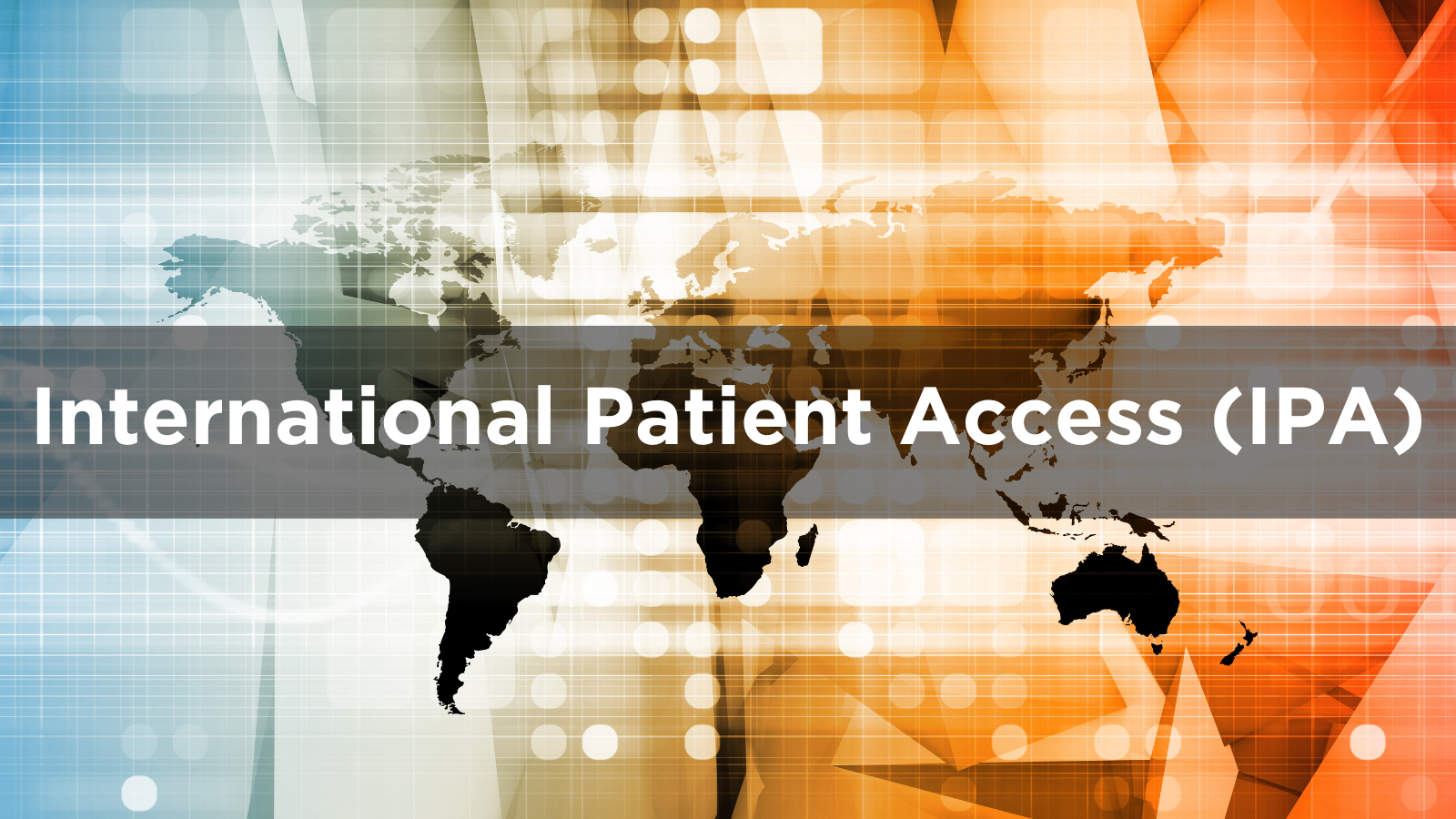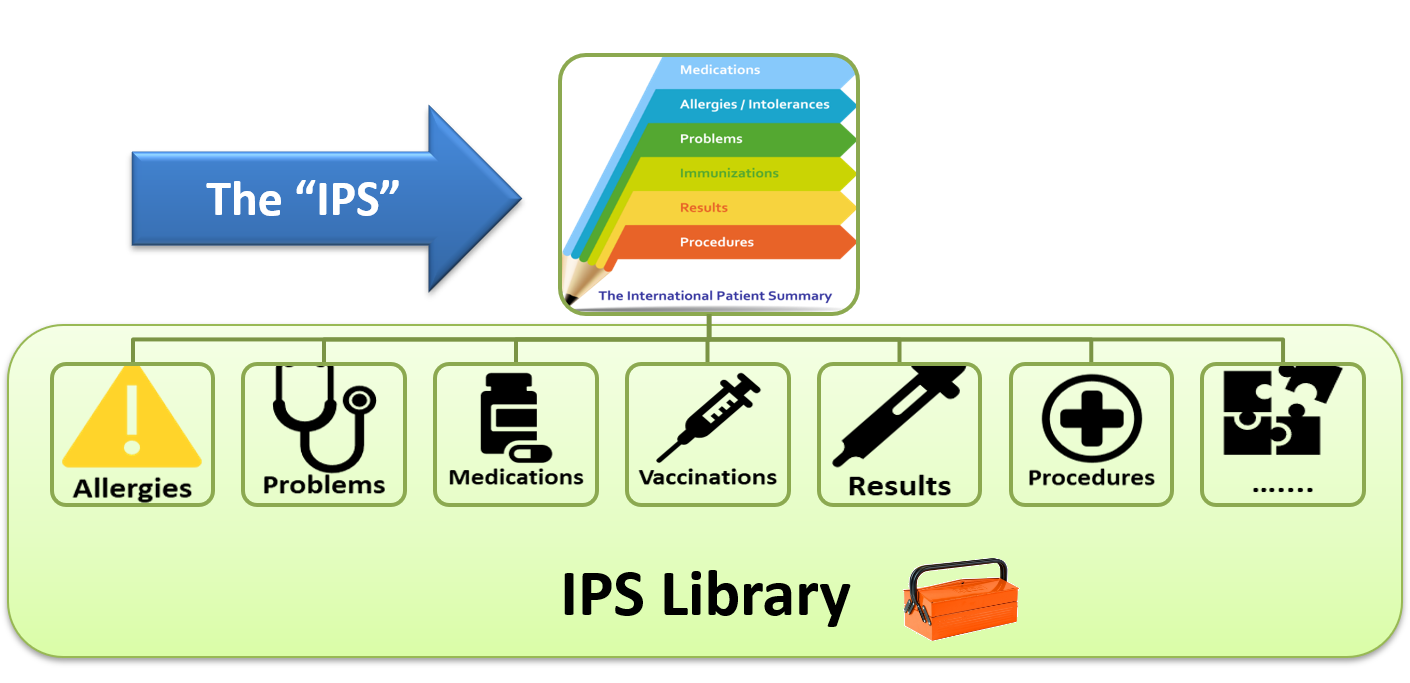The International Patient Summary (IPS) is a key standard for global interoperability. Its goal is to create a common foundation for patient summary exchange across borders and ensure the ability to share key information with caregivers whenever and wherever needed. Several nations and international organizations have selected the IPS as a baseline for their summaries, and recently major electronic health record (EHR) and health information technology (IT) vendors have shared their planned implementations. These include Epic, MEDITECH, CommonHealth, Google, Patient Centric Solutions, VeroSource and Verto Health. Like many successful standards, today’s progress has been years in the making.
EHRs and Health IT Vendors Accelerate IPS Adoption
[fa icon="calendar'] Aug 1, 2024 1:00:00 PM / by John D'Amore, MS posted in CDA, IHE, International Patient Summary, FHIR Connectathon, FHIR Implementation Guides, IPS, EHR integration
International Patient Access
[fa icon="calendar'] Aug 15, 2022 4:34:57 PM / by Isaac Vetter posted in FHIR, International Patient Summary, FHIR Community, IPS, International Patient Access, IPA
HL7 FHIR empowers patients to access health data with third-party apps in a growing number of countries. As nations, locales and regulators across the world look to increase their citizens’ access to health data through third-party apps, they naturally turn to FHIR. The International Patient Access (IPA) standard aims to enable regulators, empower patients, guide app developers, and promises greater consistency across countries for multinational apps and FHIR servers.
- For patients, greater access to health data empowers them to standardly and computably access and retain their digital health data.
- For regulators and national specification authors, the IPA specification provides a starting point to jumpstart a national health API ecosystem, with an emphasis on patient access. The IPA FHIR profiles are the result of an analysis of existing national base profiles, and is the lowest common denominator globally.
- For app developers, IPA outlines the global base set of access and security mechanisms and content format. This increases the size of the addressable market for apps, both in terms of geography and of systems.
- For systems vendors, IPA defines a base set of functionality, enabling less adaptation and custom work when the system is deployed to a new market. More apps and other systems are readily interoperable with the system.
- For healthcare systems, adoption of IPA means less expensive and more robust systems, as fewer market-specific customizations are required. Support of IPA will also enable healthcare systems access to a wide ecosystem of interoperable apps.
Advancing the International Patient Summary
[fa icon="calendar'] Dec 1, 2021 10:39:47 AM / by HL7 posted in FHIR, CDA, HL7, HL7 community, health IT, International Patient Summary, FHIR Community, IPS, International Patient Access, IPA
Another Type of Moonshot: Project Gemini
[fa icon="calendar'] Sep 25, 2018 1:53:32 PM / by Wayne Kubick posted in FHIR, HL7, interoperability, IHE, Gemini, Sync4science, International Patient Summary
Achieving healthcare interoperability at any level, by definition, requires at least two parties working together. Achieving it on a global scale requires a shared dedication of the many to the common good. Consider the vision statements of two organizations:
- HL7 International: “A world in which everyone can securely access and use the right health data when and where they need it.”
- IHE International: “Enable seamless and secure access to health information that is usable whenever and wherever needed.”





.png)